This week’s theme is Victory Gardening. Our “Growing Minds Day by Day” educational resource lists are designed for families and educators.
Growing Minds Day by Day
Victory Gardening
We hope these resources will provide you with inspiration. Ready to dive in and get growing? This week’s theme is Victory Gardening!
 Book:
Book:
This week’s book of the day is City Green by DyAnne DiSalvo-Ryan. In this story about gardening, a little girl named Marcy bands together with a diverse group of neighbors and community members to plant a beautiful garden on a vacant city lot. City Green teaches young readers important lessons about community, cooperation, and persistence. Click here to watch a read-aloud of City Green on YouTube.
We hope you’ve enjoyed celebrating National Poetry Month with us. For the final week in April, we’re sharing a movement poem about growing a garden, entitled A Seed’s Needs. Recite the poem to your child while teaching them the corresponding actions for each of the poem’s lines.
A Seed’s Needs
(Unknown)
I plant a tiny seed in the dark, dark ground. (Pretend to plant a seed.)
Out comes the yellow sun, big and round. (Make a circle with arms above head.)
Down comes the cool rain, wet and slow. (Wiggle fingers down to imitate rain.)
Up comes a little plant—grow, grow, grow! (Move hands upward.)
I planted the seed in the dark, dark ground. (Point to the floor.)
Now my plant is the tallest around. (Reach arms to the sky.)
It took a little rain and a lot of sun. (Wiggle fingers; make a circle with arms.)
Who knew gardening was so much fun! (Throw hands out with palms up.)
Looking for more garden-themed children’s books? Visit the Growing Minds’ farm to school literature database to browse our collection of recommended books on farms, gardens, and cooking. Type “gardening” or “vegetables” into the search bar to discover more books that align with this week’s Victory Garden theme.
 Local Food Recipe:
Local Food Recipe:
While encouraging citizens to grow their own vegetable gardens was the main focus of the Victory Garden movement, food preservation techniques, like pickling and home-canning vegetables, were another activity that governments promoted in order to prolong the harvest and stretch food rations.
This week, learn how to preserve your own fruits and veggies by making a batch of easy refrigerator pickles with your children. Kids can…rinse, trim, and slice the cucumbers, measure the brine ingredients, and help put the vegetables into jars or containers.
Easy Refrigerator Pickles
Prep time: 20 minutes
Ready to eat in 2 days
Ingredients:
1 1/3 cups white sugar
2 tablespoons salt
1 cup white vinegar
6 cups cucumbers, peeled and sliced
2 cups onion, sliced
Directions:
- Stir sugar, salt, and vinegar together in a container with a lid until the sugar is mostly dissolved.
- Place cucumbers and onions in the vinegar solution, stir to combine.
- Cover container and refrigerate for at least 2 days, stirring occasionally.
- Share and enjoy!
Shop for locally grown food:
If you live in ASAP’s Appalachian Grown region, click here to find a farmers market near you. If it’s time to restock your fridge with locally grown produce, eggs, and cheese and you’re local in Asheville, consider shopping Asheville City Market. SNAP/EBT benefits are accepted at the Asheville City Market. Learn more here.
 Educational Resources:
Educational Resources:
Throughout history, people have often turned to gardening during times of uncertainty or national struggle. Not only do gardens provide people with fresh, healthy food, they can also help to boost morale and build community solidarity. During the world wars, millions of Americans grew their own vegetable gardens—called Victory Gardens—in order to support the war effort and stretch food rations. Victory Gardens were planted in backyards, front yards, schoolyards, parks, and community gardens in order to support the troops.
Victory Garden at the Smithsonian Institution:
In fact, Victory Gardens are such an important part of our national history that the Smithsonian Institution in Washington, D.C. grows a WWII-era Victory Garden each year on the grounds of their museum. Take a virtual tour of the Smithsonian’s demonstration Victory Garden via photos, then learn more about the Victory Garden movement by visiting the Smithsonian’s digital library, where you’ll find historical posters, photos, seed catalogs, and more. Finally, get advice on starting your own Victory Garden 2020 from a Smithsonian horticulturist.
Ready to plant your own Victory Garden? We’ve put together some simple seed starting tips to help you get started.
Basic Seed Sowing Steps:
- Find some trays or pots, or use recycled materials like a paper egg carton, or plastic yogurt or take-out containers (just poke some holes in the bottom for drainage).
- Fill the seed trays/pots with potting mix or seed-starter soil mix.
- Moisten the surface of the soil.
- Plant a few seeds of the same variety in each pot (refer to the seed packet for instructions on how deep to plant each variety in the soil.)
- Be sure to label each pot with the type of plant and date you planted the seeds—popsicle sticks make great labels!
- Place the seed tray or pots in a warm, sunny place.
- Check your seeds daily and water them gently each time the soil starts to feel dry.
- Once your seedlings have a few leaves and are getting too big for their small pots, gently remove the seedlings (leaving their soil intact) from their pots and transplant them to bigger pots or garden beds.
- Don’t forget to check your seed packets for instructions on how far apart to space your seedlings when transplanting them. Plants that are placed too close together will compete for sunlight and nutrients and may not grow to their full size.
- Continue to water your plants every few days (or whenever the soil feels dry).
Deciding When and Where to Plant Your Seeds:
Use the chart below to decide when and where to plant your seeds. Some plants grow best in cool weather, while others require warm weather to grow. Cool season crops can be planted through the spring, and again in the late summer for a fall harvest. Warm season plants should only be seeded/transplanted into the garden after the danger of frost has passed. It’s also important to note that some seeds grow best when they’re planted, or “sown”, directly into the garden soil. Other plants grow best when started in trays or cups and then transplanted into the garden as seedlings after the soil warms.
| Seed Type | Cool or Warm Season Crop | Direct Seed or Transplant |
| Green beans | Warm | Direct seed |
| Collards, kale | Cool | Transplant |
| Swiss chard | Cool or warm | Direct seed or transplant |
| Cilantro | cool | Direct seed |
| Radish, beets, carrots | Cool | Direct seed |
| Lettuce | Cool | Direct seed or transplant |
| Bell pepper, hot pepper | Warm | Transplant |
| Tomato | Warm | Transplant |
| Zucchini, summer squash | Warm | Direct seed |
| Watermelon | Warm | Direct seed |
| Cucumber | Warm | Direct seed |
| Marigold flowers | Warm | Transplant |
Activities:
Create a Tiny Greenhouse:
Save and reuse a store-bought clear plastic cupcake holder or egg carton to make a tiny greenhouse for little gardeners.
Steps: Clean the container, then add soil to each compartment. Plant some seeds (sunflowers, snap peas, and radishes are good choices for kids to grow) in each compartment, then thoroughly water the soil and snap the lid closed. Place the greenhouse in a sunny location and add water as needed. Kids can watch as plants sprout in their tiny greenhouse!
More activities and gardening resources:
- Find inspiration and tips for starting your own Victory Garden in our April 13th Day by Day resource round-up.
- Our Lettuce Exploration lesson plan is highly adaptable and ties in well with starting a springtime garden. After your lettuce exploration, make a simple salad using your favorite salad greens and a homemade dressing of your choice.
- Check out the Growing Minds This Week in the Garden (TWIG) newsletter for the fourth week of April for more garden-related activities.
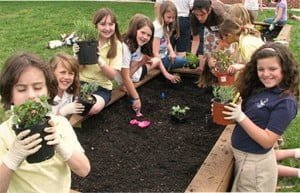
“Grow Your Own Food” Song:
Get inspired to plant your own victory garden—and learn about some of the benefits of locally grown food—by watching the Missoula Coyote Choir’s Grow Your Own Food music video! Then, check out the lyrics below to learn the song yourselves (or at least the super catchy chorus!).
Grow Your Own Food
Sung to the tune of Stayin’ Alive by the Bee Gees
Well I can tell by the way you walk to the store,
you’re feeling stressed, feeling bored.
This factory food is all the same,
full of junk, totally lame.
Eggs and bread, fruit and meat,
You can buy it locally.
Keep those boxes on the shelves.
We can grow it all ourselves!
Whether you’re a farmer or a backyard gardener you can grow your own food, Grow your own food.
Save a lot of money and satisfy your tummy,
you can grow your own food, grow your own food.
Ah, ah, ah, ah grow your own food, grow your own food
Ah, ah, ah, ah Grow your own food!
Grow your own food!
Well you can tell by the shine of my plastic wrap,
my soul is lost, my life is zapped.
Sprayed and packaged, shipped and trucked
Just a vegetable down on my luck.
Why don’t you,
come our way,
hop into our CSA!
Full of flavor and funky style
Homegrown food will make you smile!
Whether you’re a farmer or a backyard gardener you can grow your own food, Grow your own food.
Save a lot of money and satisfy your tummy,
you can grow your own food, grow your own food.
Ah, ah, ah, ah grow your own food, grow your own food
Ah, ah, ah, ah Grow your own food!
Grow your own food!
Somebody plant me…
Somebody plant me…
Somebody plant me now!
Somebody plant me…
Somebody plant me…
Somebody plant me now!
Whether you’re a farmer or a backyard gardener you can grow your own food, Grow your own food.
Save a lot of money and satisfy your tummy,
you can grow your own food, grow your own food.
Ah, ah, ah, ah grow your own food, grow your own food
Ah, ah, ah, ah Grow your own food!
Grow your own food!
—
That’s it for this week. Next week’s Growing Minds Day by Day theme will be April Showers Bring May Flowers! Be sure to check back next week for new resources. Click here to access Day by Day resources from past weeks.

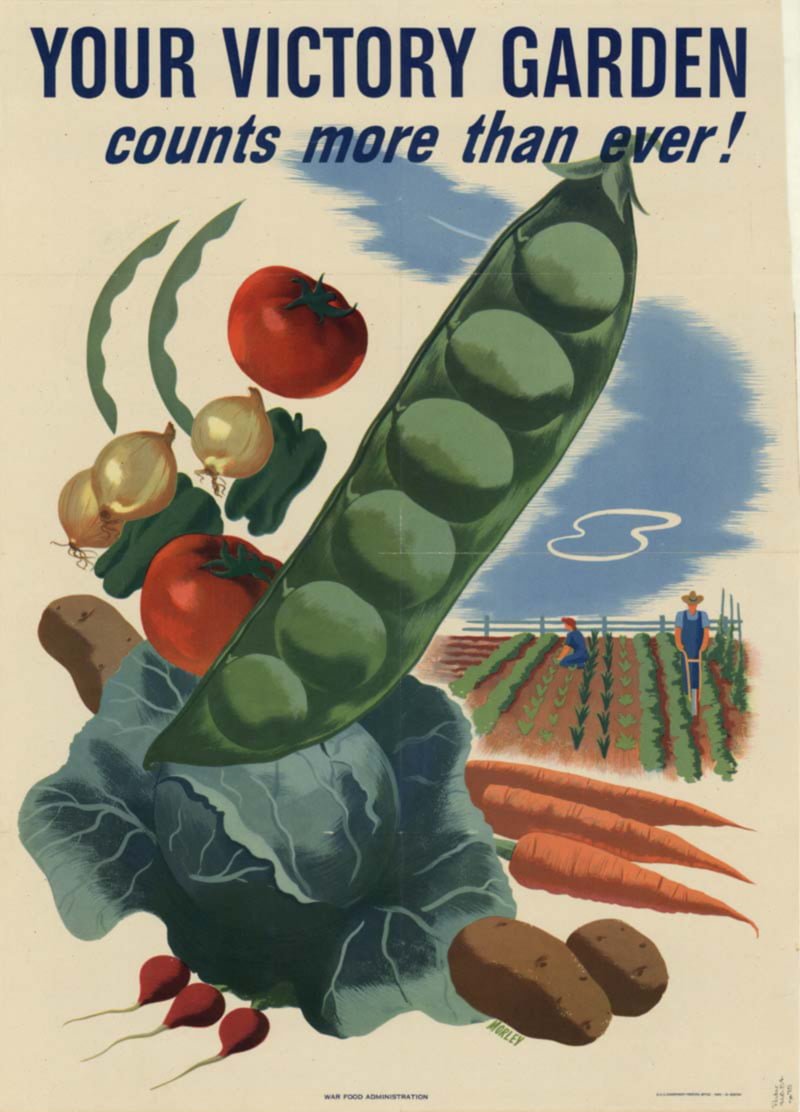
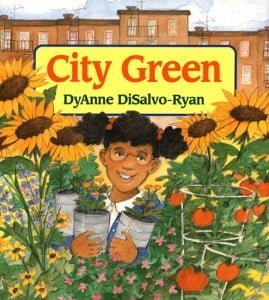 Book:
Book: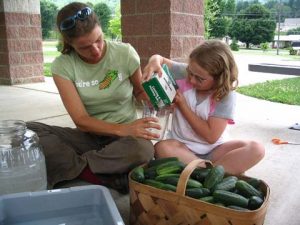 Local Food Recipe:
Local Food Recipe: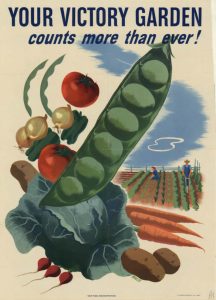 Educational Resources:
Educational Resources: